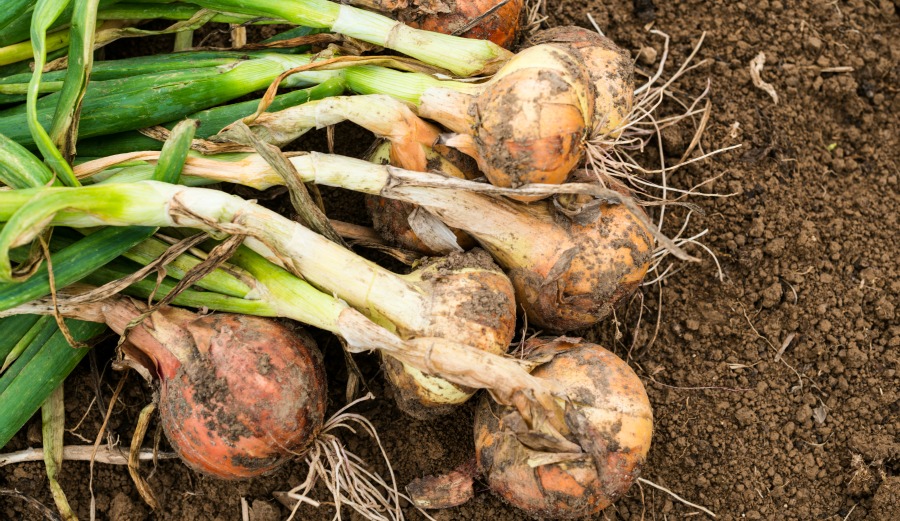In a perfect world, we’d all buy organic. After all, there’s little downside to skipping out on pesticide-covered foods. Unfortunately, organic farming methods are much more costly, so it costs more for you as the consumer to stock your kitchen with organic foods. While there are plenty of foods that are worth buying organic, here are 7 that aren’t completely essential. If you can afford it, always buy organic; but if you’re trying to eat healthy without breaking the bank, try skipping the organic label on these 7 foods.
Avocados

Photo: Shutterstock.
Avocados are one of the few superfoods we actually love. They’re creamy, tasty, and they go with just about anything. Another amazing feature of the avocado: its thick peel. Avocados have a firm barrier between the fleshy fruit inside and the pesticides, dirt, and grime they may come in contact with over the course of their journey from tree to table. As long as you thoroughly wash the avocado before you slice into it, the inside of the fruit remains virtually untouched by the not-so-healthy environmental factors it encountered during its lifetime. It’s even listed on the Environmental Working Group’s (EWG) Clean 15 which credits 15 commonly consumed foods that have the lowest amounts of pesticides (as tested by the USDA).
Onions

Onions naturally grow in such a way that they’re pest resistant. As bulbs that grow below the soil, they’re less vulnerable to airborne pests. Additionally, the strong, pungent smell and taste of the bulb repels most underground insects that onions would otherwise be defenseless against. According to the EWG, 98% of onions tested pesticide-free. Turns out that organic label really doesn’t mean much in the case of this food.
Pineapples

Photo: Shutterstock.
The same prickles that you practically have to machete through to eat the sweet tropical fruit serve as an effective barrier between the outside world and the juicy fruit inside. The spiny skin protects the fruit from absorbing any pesticides or chemicals used during the growing process. When you pick a pineapple from the grocery store, just be sure to wash it off before slicing into it.
Cabbage

Photo: Shutterstock.
This one comes as a bit of a surprise. Because the inner leaves of the cabbage are surrounded by the broader, thicker, outer leaves, they remain protected from any chemical sprays the cabbage encounters while growing. As long as you peel away the outside leaves, the inside should be perfectly safe to eat. Furthermore, cabbage doesn’t need much chemical help to ward off bugs. The plant is already quite pest-resistant on its own. Cabbage is also listed as another food on the list of the EWG’s Clean 15.
Mangos

Photo: Shutterstock.
This fruit is a sweet treat that also doesn’t need to be bought organic. Mangos have a thick, inedible peel that protects the fruit inside from any exposure to chemicals. Pesticides are a part of the mango-growing process, so if you opt not to buy organic, just be sure to rinse the external fruit before slicing it open and to discard the peel.
Bananas

Photo: Shutterstock.
Bananas also have a thick peel that protects them from harmful chemicals. As long as you don’t eat the peel and the banana is unbroken when you purchase it at the store, you should be relatively safe from consuming chemicals.
Sweet Corn

Photo: Shutterstock.
The USDA has tested both fresh and frozen sweet corn, and the department has almost no detectable chemicals on any samples. The outer husk helps protect the corn on the inside from any chemicals sprayed on the crops.

